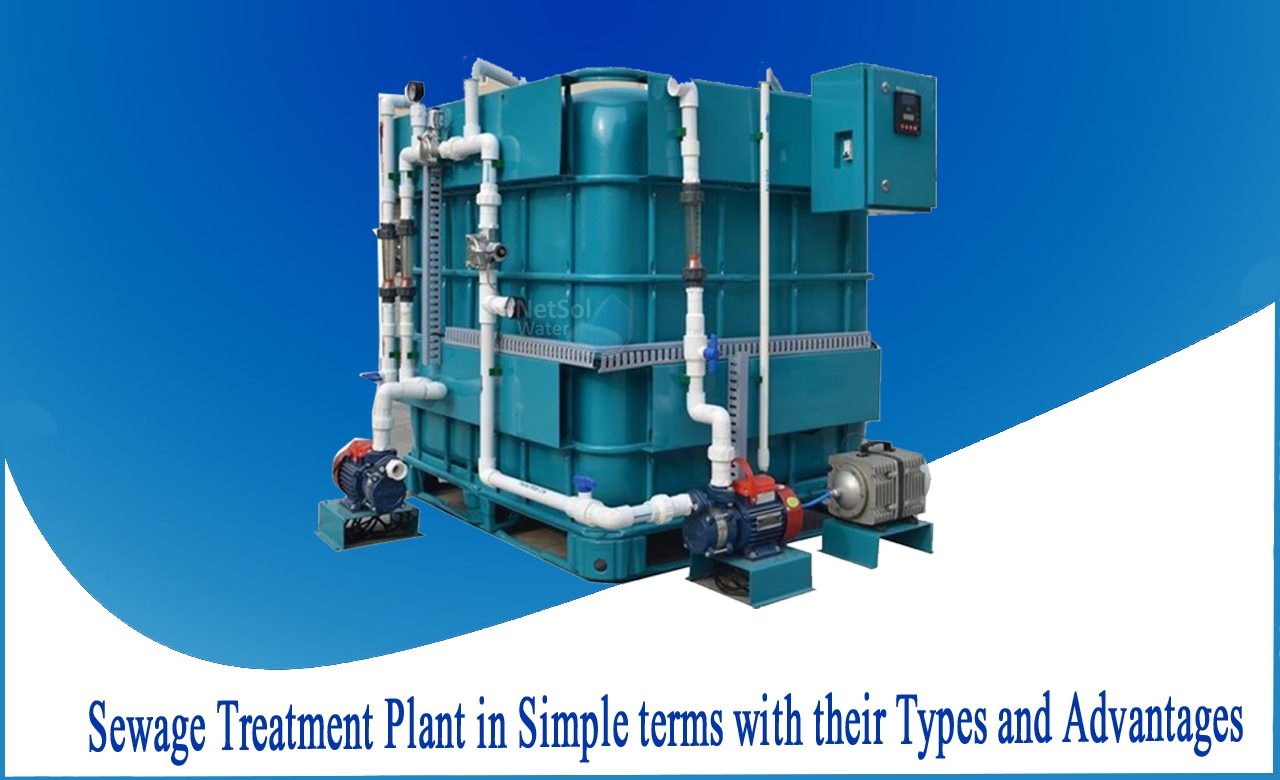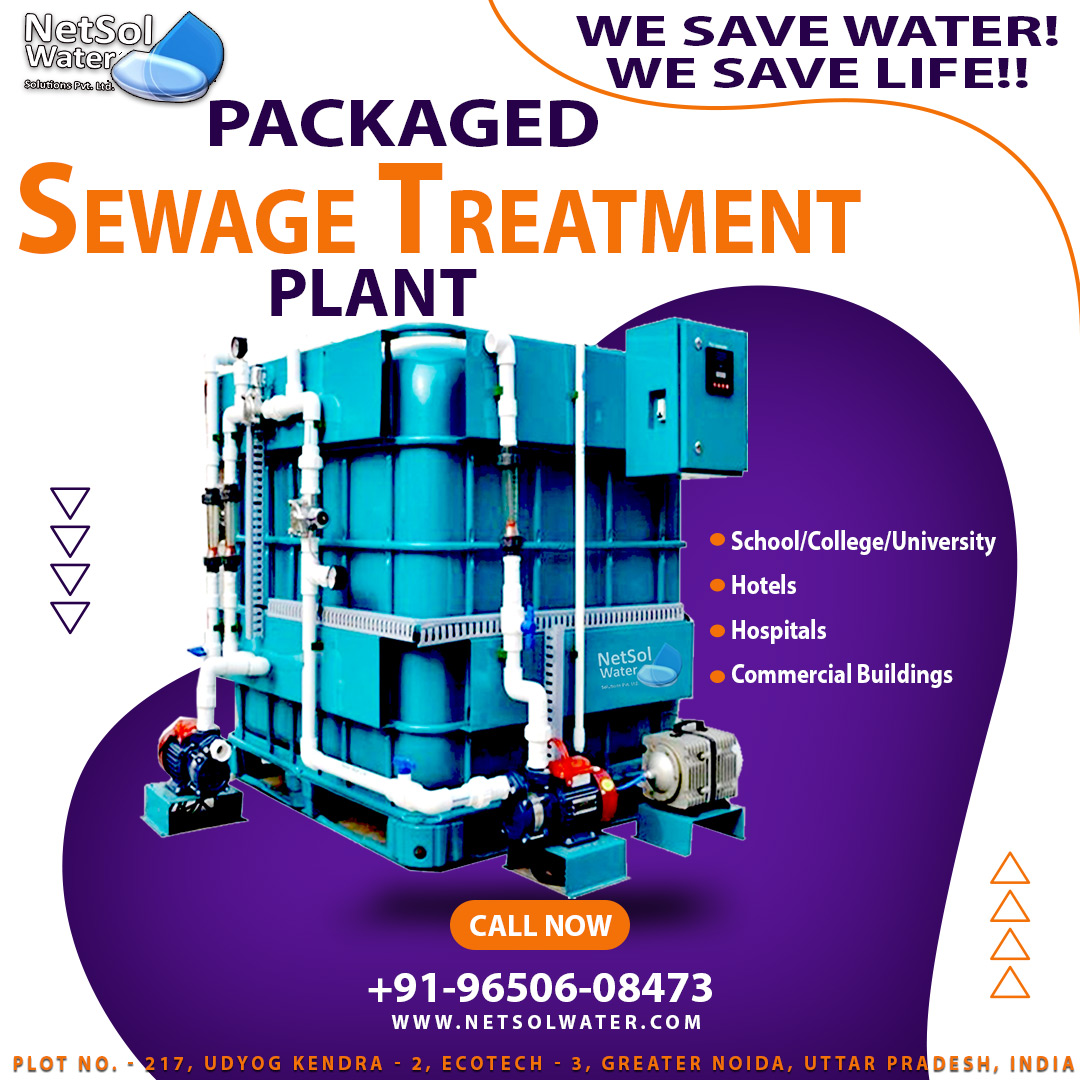What is STP, Type and advantages?
Sewage treatment is the process of removing pollutants from wastewater and domestic sewage. To remove contaminants, it uses physical, biological, and sometimes chemical mechanisms. Its goal is to generate an environmentally safe sewage water, known as effluent, as well as a solid waste, known as sludge or bio-solids, that may be disposed of or reused. A sewage treatment plant's goal is to treat wastewater as thoroughly as possible and, while these facilities can frequently handle more waste than a septic tank, they still need to be drained every now and then.
Types of Sewage Treatment Plants
Sewage treatment plants have two types of processes:
1: Anaerobic Sewage Treatment Plants STPs
In a tank, sewage is partially digested by anerobic bacteria without the use of oxygen-rich air. Organic Matter is reduced into methane, hydrogen sulphide, carbon dioxide, and other gases as a result of this process. It is commonly used to treat wastewater sludge and organic waste because it significantly reduces the volume and bulk of the input material. The methane produced by large-scale municipal anerobic sludge treatment is currently being investigated for use as a source of heat in households and industries.
2: Aerobic Sewage Treatment Plants STPs
Aerobic bacteria consume the contaminants during this process. You must offer air for the bacteria to breathe, in order to develop an aerobic bacterial colony. Air is continuously supplied to the Biozone in a sewage treatment plant either by direct Surface Aeration, which uses impellers propelled by pumps to whisk the liquid's surface with air, or by Submerged Diffused Aeration, which uses blowers to supply air through bubble diffusers at the bottom of the tank.
Steps involved in sewage treatment
Traditional sewage treatment consists of two or three steps, referred to as primary, secondary, and tertiary treatment. At municipal sewage works, preliminary removal of rags, clothes, sanitary products, and other materials is also done before these treatments.
Why are Sewage Treatment Plants necessary?
They're usually the most cost-effective and dependable way to handle your wastewater. In some cases, the distance from the nearest sewer or the land configuration prevents your property from being serviced by a mains sewer. Sewage treatment facilities and other solutions can help with this. The operation of a sewage treatment plant allows it to be erected nearly anywhere, as long as there is an electrical connection.
Advantages of Sewage Treatment Plants
a) Reliable and unlikely to have problems with simply routine maintenance.
b) Even on difficult or constrained places, it can be placed.
c) Over time, it'll save you money because you'll just have to pay for installation, power, and maintenance.
Disadvantages of Sewage Treatment Plants
a) To operate, the plant requires a continual supply of electricity.
b) Professional maintenance will be required once a year.
c) Professional design and installation of the system are required.
What can we offer?
Netsol Water is one of the leading water and wastewater treatment company in India with services in the field of WTP manufacturing, WWTP manufacturing, RO Plant manufacturing, STP manufacturing, ETP manufacturing, Water Softeners, and much more. The company designs and manufactures all in one system that are ideal for treating wastewater and the sludge generated.
For any further assistance or product-purchase related query,




